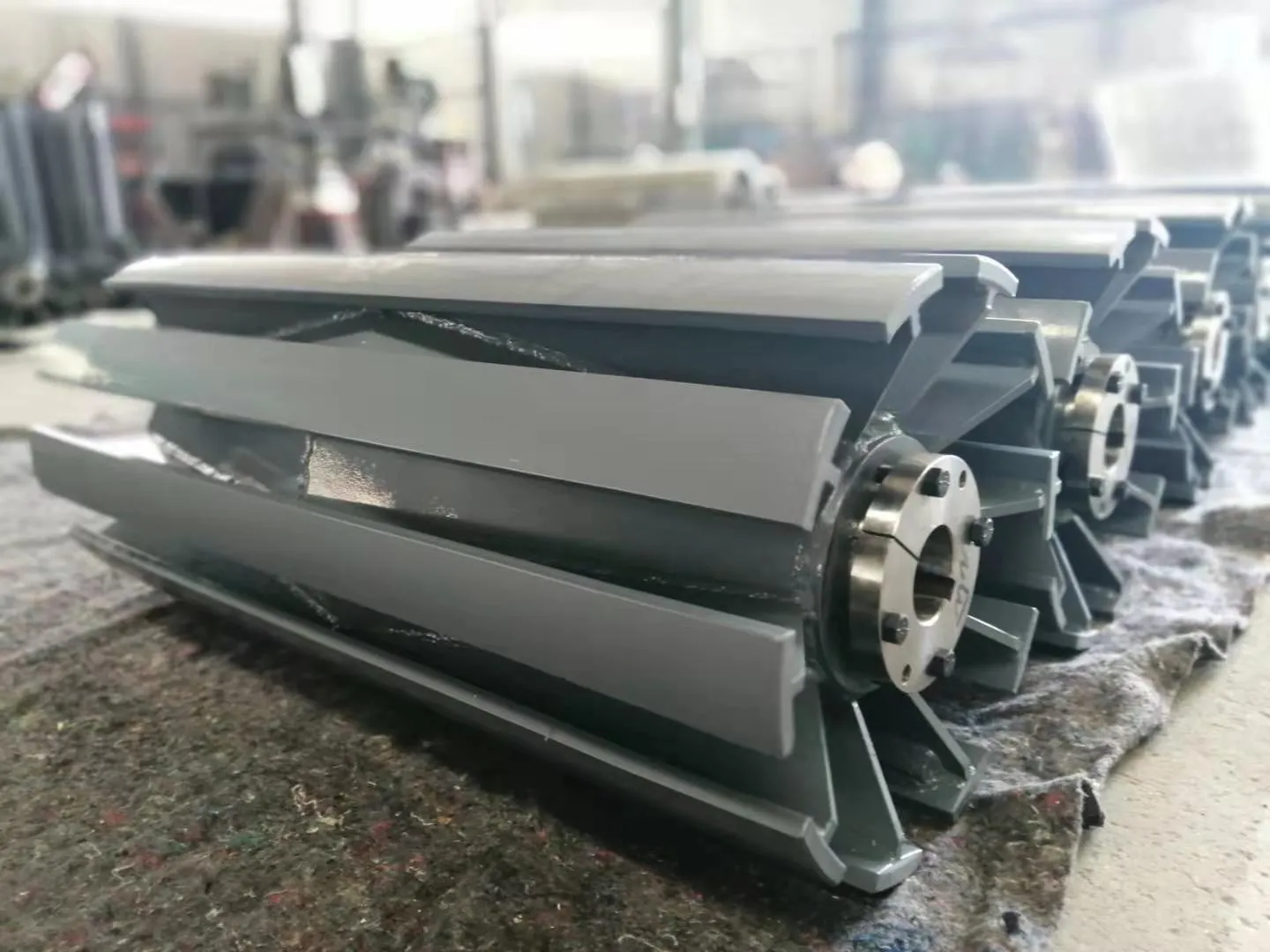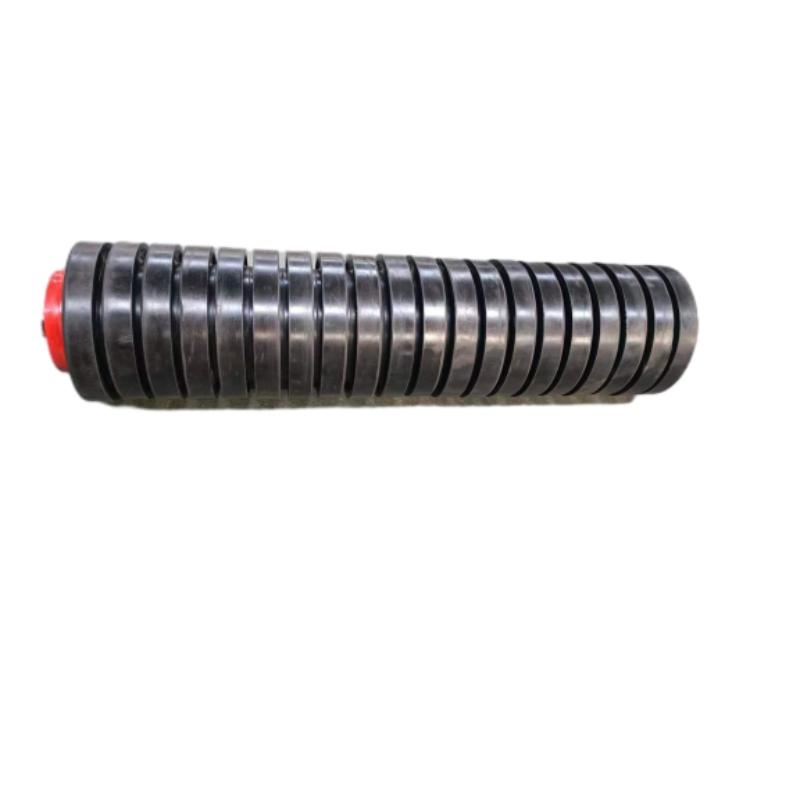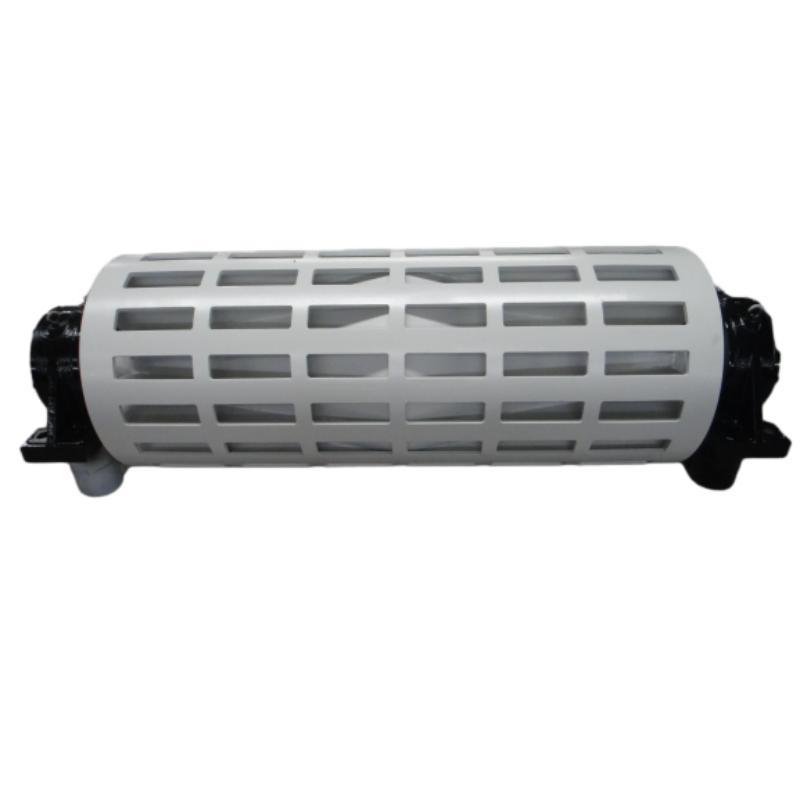 Afrikaans
Afrikaans  Albanian
Albanian  Amharic
Amharic  Arabic
Arabic  Armenian
Armenian  Azerbaijani
Azerbaijani  Basque
Basque  Belarusian
Belarusian  Bengali
Bengali  Bosnian
Bosnian  Bulgarian
Bulgarian  Catalan
Catalan  Cebuano
Cebuano  Corsican
Corsican  Croatian
Croatian  Czech
Czech  Danish
Danish  Dutch
Dutch  English
English  Esperanto
Esperanto  Estonian
Estonian  Finnish
Finnish  French
French  Frisian
Frisian  Galician
Galician  Georgian
Georgian  German
German  Greek
Greek  Gujarati
Gujarati  Haitian Creole
Haitian Creole  hausa
hausa  hawaiian
hawaiian  Hebrew
Hebrew  Hindi
Hindi  Miao
Miao  Hungarian
Hungarian  Icelandic
Icelandic  igbo
igbo  Indonesian
Indonesian  irish
irish  Italian
Italian  Japanese
Japanese  Javanese
Javanese  Kannada
Kannada  kazakh
kazakh  Khmer
Khmer  Rwandese
Rwandese  Korean
Korean  Kurdish
Kurdish  Kyrgyz
Kyrgyz  Lao
Lao  Latin
Latin  Latvian
Latvian  Lithuanian
Lithuanian  Luxembourgish
Luxembourgish  Macedonian
Macedonian  Malgashi
Malgashi  Malay
Malay  Malayalam
Malayalam  Maltese
Maltese  Maori
Maori  Marathi
Marathi  Mongolian
Mongolian  Myanmar
Myanmar  Nepali
Nepali  Norwegian
Norwegian  Norwegian
Norwegian  Occitan
Occitan  Pashto
Pashto  Persian
Persian  Polish
Polish  Portuguese
Portuguese  Punjabi
Punjabi  Romanian
Romanian  Russian
Russian  Samoan
Samoan  Scottish Gaelic
Scottish Gaelic  Serbian
Serbian  Sesotho
Sesotho  Shona
Shona  Sindhi
Sindhi  Sinhala
Sinhala  Slovak
Slovak  Slovenian
Slovenian  Somali
Somali  Spanish
Spanish  Sundanese
Sundanese  Swahili
Swahili  Swedish
Swedish  Tagalog
Tagalog  Tajik
Tajik  Tamil
Tamil  Tatar
Tatar  Telugu
Telugu  Thai
Thai  Turkish
Turkish  Turkmen
Turkmen  Ukrainian
Ukrainian  Urdu
Urdu  Uighur
Uighur  Uzbek
Uzbek  Vietnamese
Vietnamese  Welsh
Welsh  Bantu
Bantu  Yiddish
Yiddish  Yoruba
Yoruba  Zulu
Zulu फरवरी . 19, 2025 05:11
Back to list
ceramic lagging pulley
Drum lagging is a critical component in the mechanical handling and conveyor systems industry, offering essential advantages that enhance operational efficiency and equipment longevity. This article delves into the intricacies of drum lagging, emphasizing its impact on performance and maintenance, backed by expert experiences and authoritative insights.
Polyurethane lagging is distinguished by its chemical resistance and operational adaptability in diverse environments, including extreme temperatures. Industries such as chemical processing often turn to polyurethane lagging to address challenges related to chemical exposure and temperature fluctuations. Feedback from professionals working with polyurethane lagging highlights its minimal maintenance requirements and impressive lifespan, reinforcing its authority in applications requiring robust chemical resistance. The expertise in installing drum lagging is another critical factor influencing its overall effectiveness. Professionals stress the importance of precision in installation to maximize the benefits. Incorrect installation can lead to misalignment and reduced traction, counteracting the very advantages drum lagging offers. Therefore, partnering with experienced technicians and adhering to manufacturer guidelines is crucial in ensuring that the lagging performs optimally. Beyond material choice and installation, proper maintenance of drum lagging is vital for sustained performance. Regular inspections and timely replacement of worn lagging are recommended to prevent unexpected breakdowns. Experts suggest incorporating lagging inspection as part of routine maintenance schedules. This proactive approach not only preserves the efficiency of conveyor systems but also builds trust with stakeholders, showcasing a commitment to operational excellence and reliability. In conclusion, drum lagging serves as a fundamental enhancement to conveyor systems, addressing key challenges such as belt slippage and wear. The choice of material should align with the specific operational demands, guided by expert recommendations. Moreover, the critical role of proper installation and maintenance cannot be overstated, collectively ensuring that drum lagging contributes to improved performance, reduced downtime, and extended equipment life. By leveraging authoritative insights and proven practices, industries can harness the full potential of drum lagging, fostering a trustworthy and efficient operational environment.


Polyurethane lagging is distinguished by its chemical resistance and operational adaptability in diverse environments, including extreme temperatures. Industries such as chemical processing often turn to polyurethane lagging to address challenges related to chemical exposure and temperature fluctuations. Feedback from professionals working with polyurethane lagging highlights its minimal maintenance requirements and impressive lifespan, reinforcing its authority in applications requiring robust chemical resistance. The expertise in installing drum lagging is another critical factor influencing its overall effectiveness. Professionals stress the importance of precision in installation to maximize the benefits. Incorrect installation can lead to misalignment and reduced traction, counteracting the very advantages drum lagging offers. Therefore, partnering with experienced technicians and adhering to manufacturer guidelines is crucial in ensuring that the lagging performs optimally. Beyond material choice and installation, proper maintenance of drum lagging is vital for sustained performance. Regular inspections and timely replacement of worn lagging are recommended to prevent unexpected breakdowns. Experts suggest incorporating lagging inspection as part of routine maintenance schedules. This proactive approach not only preserves the efficiency of conveyor systems but also builds trust with stakeholders, showcasing a commitment to operational excellence and reliability. In conclusion, drum lagging serves as a fundamental enhancement to conveyor systems, addressing key challenges such as belt slippage and wear. The choice of material should align with the specific operational demands, guided by expert recommendations. Moreover, the critical role of proper installation and maintenance cannot be overstated, collectively ensuring that drum lagging contributes to improved performance, reduced downtime, and extended equipment life. By leveraging authoritative insights and proven practices, industries can harness the full potential of drum lagging, fostering a trustworthy and efficient operational environment.
Next:
Latest news
-
Taper Centering Idler Set for Conveyor SystemsNewsJun.25,2025
-
Small Idler Rollers for Industrial ConveyorsNewsJun.25,2025
-
Guide Training Idler Set for Conveyor MaintenanceNewsJun.25,2025
-
Friction Offset Idler Set for Industrial UseNewsJun.25,2025
-
Double-Center-Roller Idler AlignmentNewsJun.25,2025
-
Channel Inset Impact Troughing Idler Set for Heavy LoadsNewsJun.25,2025
OUR PRODUCTS





























